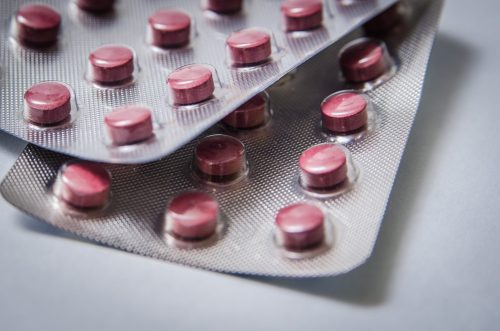

By Ethan Wang
LOS ANGELES — According to a Senate-commissioned report, between 2021 and 2022, American prescription drug shortages increased by 30 percent. With lengthening drug shortages now affecting nearly 300 active drugs in the pharmaceutical industry, this is particularly alarming.
Despite popular belief, an increase in demand is not solely responsible for the growing shortages. As explained by a recent CNN article, as older medications such as antibiotics and acetaminophen-based pain killers continue to age and occupy pharmacy shelves, there becomes less and less “financial incentive for multiple manufacturers to make a generic medicine.”
One of the most widely used medications in the United States, Adderall—often prescribed to treat attention-deficit/hyperactivity disorder (ADHD)—is of particular concern as drug shortages worsen. Having been in shortage since October of 2022, Adderall is routinely sought out by patients with ADHD and is especially inaccessible in highly-populated, and thus high-demand areas—particularly cities.
One popular explanation for shortages in Adderall supply is the increasing number of ADHD diagnoses as doctors better understand how it uniquely presents from individual to individual. While this is true, Adderall shortages have much more to do with the fact that the “Drug Enforcement Agency has hedged on the side of keeping production of these drugs down to limit the potential for abuse.” Fears of stimulant abuse predominately stem from existing paranoias about “repeating” the opioid painkiller crisis, which many pharmacists believe are influencing Adderall and other similar medications’ production limits, which then leads to drug shortages.
Many dissenting opinions argue that federal limits on Adderall production are necessary, but even alternative ADHD medications like Ritalin are experiencing shortages. While seeking alternative medications for ADHD and other diagnoses is a temporary solution, it is not sustainable in the long-term. As psychiatrists and other mental health professionals continue to develop their understandings of how to pharmaceutically treat mental illness, more patients are being diagnosed, with drug production limits not changing in accordance.
Additionally, medical patients’ pharmacy bills indicate that drug shortages do not only block access to medication, but further monopolize it, with some patients’ bills increasing by 25 dollars in just one week. This is especially alarming in metropolitan areas like Los Angeles, where prevailing low and middle-income populations cannot access necessary prescription medications. Meanwhile, wealthier populations do not feel the same economic burden posed by these price hikes. Through this, it is clear that those who uphold the Los Angeles economy are those who experience its worst shortcomings.
With growing worries about patients rationing medications down the line, the growing ubiquity of underproducing American medications is becoming more and more dire with each day. The use of alternative prescriptions to compensate for generic drug shortages are certainly a temporary alleviation for those suffering life-threatening—and even terminal—ailments like cancer. However, such ongoing crises like shortages beg a longer lasting solution.
The fiscal monopoly on American medication distribution has proven itself prominent by the very institution of widespread private healthcare, but growing medication shortages only further underscore the industry’s shortcomings. While wealthy elites control supply and demand of life-saving medications, disenfranchised people struggle to navigate a world where access to their necessary medications is excessively entrenched in exploitative capitalist practice.
Without a change in federal drug production limits or active work toward a better understanding of how to properly treat a more diverse body of American citizens, crises like these will only continue to snowball. In a society increasingly defined by telemedicinal treatment and a developing understanding of mental health treatment, it could not be a better time for a grassroots, organizational, and governmental movement toward public, accessible, and supportive healthcare. Only then can phenomena from drug shortages to high treatment costs be solved.